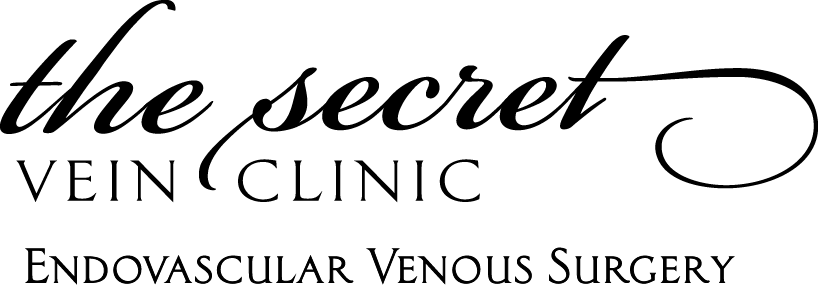As we age, it’s common to experience symptoms such as pain, swelling, and heaviness in their legs. You may even notice physical changes in your legs, such as the development of thick, ropy, bulging veins called varicose veins. These symptoms often have a similar cause: a condition called chronic venous insufficiency. Chronic venous insufficiency (CVI) occurs when the valves in your leg veins don’t work properly, causing blood that would normally return to your heart to instead pool in your legs. This may be due to hereditary valve dysfunction or valve damage after a blood clot. Other factors like obesity and lack of exercise may worsen your risk of developing CVI.
Varicose veins are one obvious symptom of CVI. Although most varicose veins are enlarged and clearly visible, you might not see the full extent of the diseased veins on the surface of your leg. These recessed veins can be just as painful and uncomfortable to deal with. No matter the location or cause of CVI, many people experience leg pain, heaviness, and swelling that interferes with their daily activities. If this becomes the case, visit your doctor for an evaluation and referral to a vein specialist.

Leg Pain & Varicose Veins
There are several treatment options available for varicose veins. At first, your doctor might recommend that you make lifestyle changes such as exercising regularly, losing weight, and avoiding sitting or standing for too long. Your doctor may also recommend that you wear compression stockings, elevate your legs, and take over-the-counter pain medicine. For people with mild to moderate chronic venous insufficiency, these conservative treatments may help ease symptoms and improve your quality of life. Not treating the underlying condition, however, can worsen the extent of your CVI and thus worsen its corresponding symptoms.
In cases where CVI symptoms are not fully alleviated with conservative treatment methods, your doctor may order an ultrasound of your legs to determine the extent of the disease. Doing so allows your doctor to recommend a medical intervention that will be most effective for your specific case. A few of the minimally invasive treatments of spider veins and varicose veins include laser therapy and sclerotherapy. These treatments are ideal when symptoms are well-controlled with conservative treatment methods and the patient would like to treat the remaining spider veins or varicose veins for cosmetic reasons.
In cases of more severe chronic venous insufficiency, your doctor may recommend an endovenous ablation of your leg veins. A lower-extremity ablation is a minor surgical procedure where your doctor inserts a catheter with a heating element into your diseased leg vein under ultrasound guidance. Once positioned, the catheter is heated and slowly pulled back out of your leg. The heat energy collapses the surrounding diseased vein, which forces blood to flow through nearby healthier veins. Although all medical interventions carry risks, endovenous ablations are relatively safe procedures when you follow your doctor’s pre- and post-care instructions. During your consultation, make sure to speak with your doctor about any concerns that you have.

